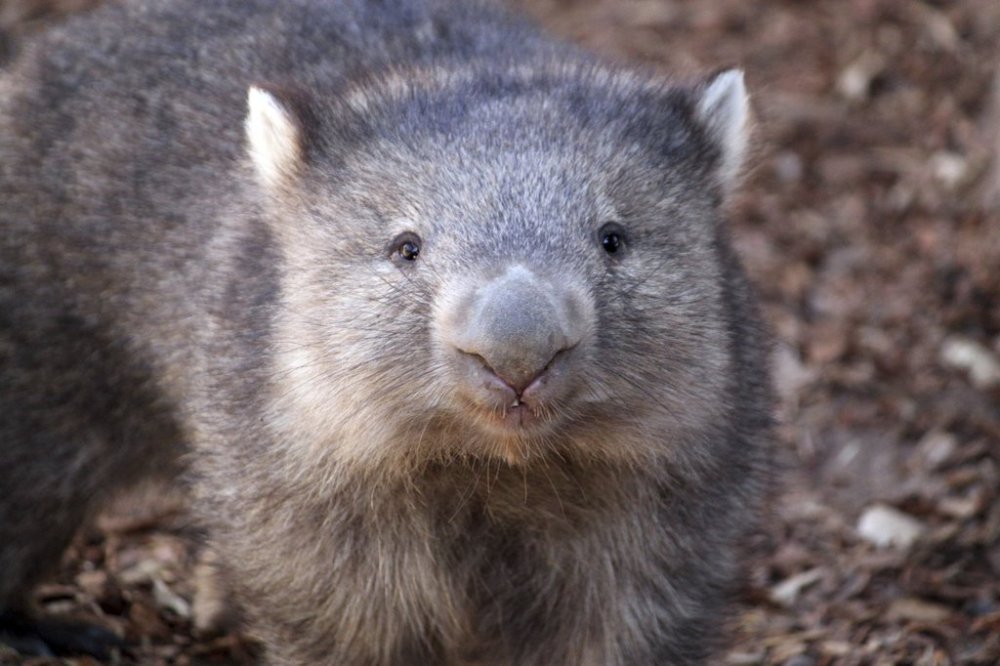Wombats are cute, furry marsupials – that shouldn’t be picked up
Advertisement
Read this article for free:
or
Already have an account? Log in here »
To continue reading, please subscribe:
Monthly Digital Subscription
$0 for the first 4 weeks*
- Enjoy unlimited reading on winnipegfreepress.com
- Read the E-Edition, our digital replica newspaper
- Access News Break, our award-winning app
- Play interactive puzzles
*No charge for 4 weeks then price increases to the regular rate of $19.00 plus GST every four weeks. Offer available to new and qualified returning subscribers only. Cancel any time.
Monthly Digital Subscription
$4.75/week*
- Enjoy unlimited reading on winnipegfreepress.com
- Read the E-Edition, our digital replica newspaper
- Access News Break, our award-winning app
- Play interactive puzzles
*Billed as $19 plus GST every four weeks. Cancel any time.
To continue reading, please subscribe:
Add Free Press access to your Brandon Sun subscription for only an additional
$1 for the first 4 weeks*
*Your next subscription payment will increase by $1.00 and you will be charged $16.99 plus GST for four weeks. After four weeks, your payment will increase to $23.99 plus GST every four weeks.
Read unlimited articles for free today:
or
Already have an account? Log in here »
Hey there, time traveller!
This article was published 14/03/2025 (240 days ago), so information in it may no longer be current.
Wombats are furry, nocturnal marsupials found only in Australia.
Baby wombats have recently been in the news after an American influencer filmed herself snatching a young joey from its mother, setting off a global conversation about mistreatment of wildlife. Wild animals are cute — but please don’t touch, for your sake and theirs.
Unlike kangaroos and koalas, most wombats actually do spend much of their time down under — in burrows that sometimes include up to ten entrances and tunnels up to 325 feet (100 meters) long.

That’s a lot of digging for an animal about the size of a medium dog with short legs, but also wide feet and sharp claws. Wombats can be up to 3 feet long and 88 pounds (40 kg). They have relatively flat faces, small ears and large noses.
If multiple wombats share the same burrow, also known as a warren, it’s most likely to be several females.
Sometimes, after her young are raised, a mother wombat will depart her family burrow to join another, leaving the underground estate to her young, who may still be too small to dig their own, according to the Australia-based nonprofit Wombat Foundation.
When they’re above ground, wombats spend much of their time grazing on grass, their primary food. They are herbivores, using their claws only for digging.
In 2021, scientists at Cornell University and other institutions published results of their study on why wombats are the only animal known to poop out cube-shaped scat. It turns out to be related to the shape of their intestinal muscles.
There are three species of wombats. One of those, the northern hairy-nosed wombat, is critically endangered.
During wildfire season in Australia, other species have been known to shelter in fireproof wombat burrows — not herded, but tolerated there. Last year, scientists published observations from trail cameras of bush rats, monitor lizards, painted button-quails and other animals sometimes using wombat dens.
___
The Associated Press Health and Science Department receives support from the Howard Hughes Medical Institute’s Science and Educational Media Group and the Robert Wood Johnson Foundation. The AP is solely responsible for all content.

